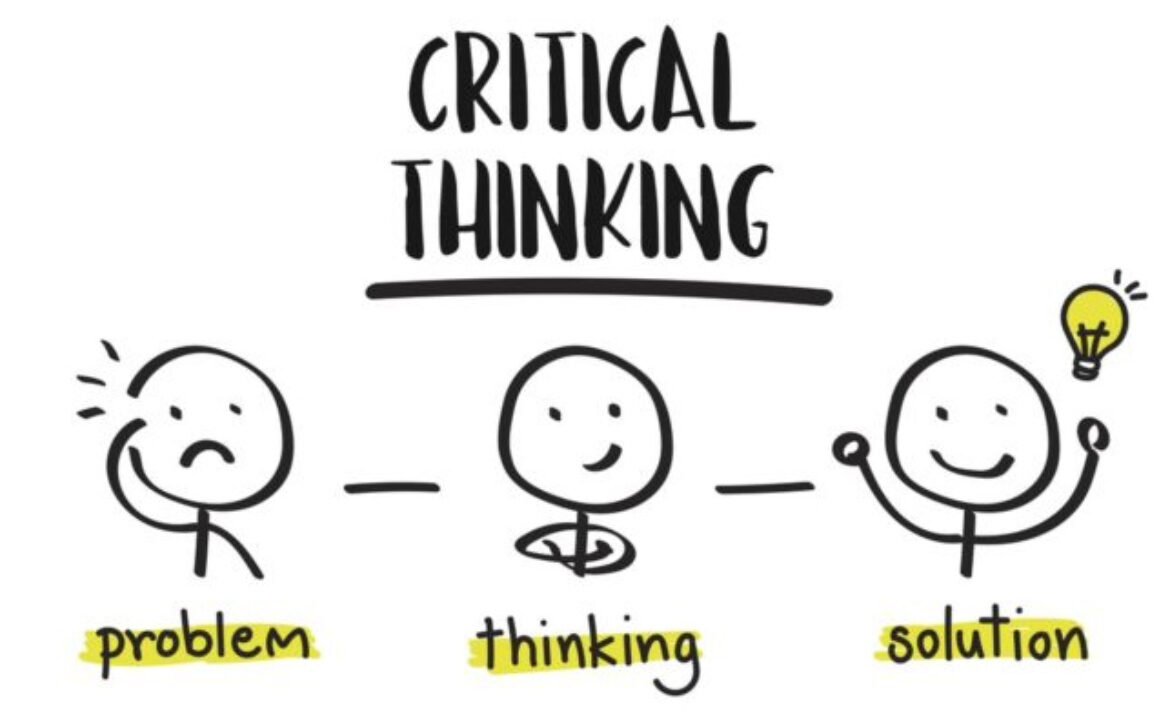Dark Matter and Dark Energy: Unraveling the Mysteries of the Universe
The universe, with all its splendor and complexity, still holds mysteries that elude our understanding. Among these enigmas are dark matter and dark energy – two fundamental concepts that challenge our conventional notions of the cosmos. In this blog, we embark on a journey to explore the captivating realm of dark matter and dark energy, delving into their significance, mysteries, and the ongoing efforts to unveil their secrets.
Dark Matter: The Invisible Force
Imagine peering into the night sky, gazing at galaxies and stars. The matter we can see accounts for only a fraction of the universe’s total mass. Enter dark matter – an elusive, invisible substance that doesn’t emit light or energy. Its presence is inferred from its gravitational effects on visible matter.
The Significance of Dark Matter:
- Galactic Dynamics: Dark matter’s gravitational pull shapes the movement of galaxies, holding them together despite the immense cosmic distances.
- Cosmic Structure: It’s believed that dark matter acted as a “scaffold” for the formation of galaxies and clusters, providing the gravitational framework for visible matter to accumulate.
- Cosmic Microwave Background: Dark matter’s influence is also seen in the patterns observed in the cosmic microwave background – the afterglow of the Big Bang – which hints at its role in shaping the universe’s large-scale structure.
Dark Matter Mysteries:
- Composition: Despite its name, we know little about what dark matter is made of. It remains one of the most significant unsolved puzzles in modern astrophysics.
- Detection: Researchers are devising ingenious experiments to directly detect dark matter particles, yet as of now, they remain elusive.
Dark Energy: The Cosmic Accelerator
In the late 1990s, astronomers were stunned to discover that the universe’s expansion is accelerating, rather than slowing down due to gravity. The cause of this accelerated expansion is believed to be dark energy.
The Significance of Dark Energy:
- Cosmic Acceleration: Dark energy counteracts the force of gravity, pushing galaxies away from each other and accelerating the universe’s expansion.
- Universe’s Fate: The nature of dark energy holds profound implications for the fate of the universe – whether it will continue to expand indefinitely or experience a “big freeze.”
Dark Energy Mysteries:
- Origin: The nature and origin of dark energy are a profound mystery. Some theories suggest it could be related to the vacuum of space itself.
- Quantum Vacuum: Some ideas relate dark energy to quantum fluctuations in the vacuum, but these theories are still speculative.
Unveiling the Enigma: Ongoing Research and Exploration
Efforts to understand dark matter and dark energy are ongoing. From particle physics experiments to astronomical observations, scientists are working tirelessly to shed light on these cosmic mysteries. Collaborations like the Large Hadron Collider and the James Webb Space Telescope are at the forefront of this quest.
Conclusion
The universe’s hidden dimensions, encapsulated by dark matter and dark energy, challenge our comprehension of reality. As researchers continue to unravel the secrets of these invisible forces, they peel back the layers of the universe’s complexity. The journey to understand dark matter and dark energy is a testament to the boundless curiosity of humanity, forever driven to unveil the mysteries that lie beyond our current understanding.










